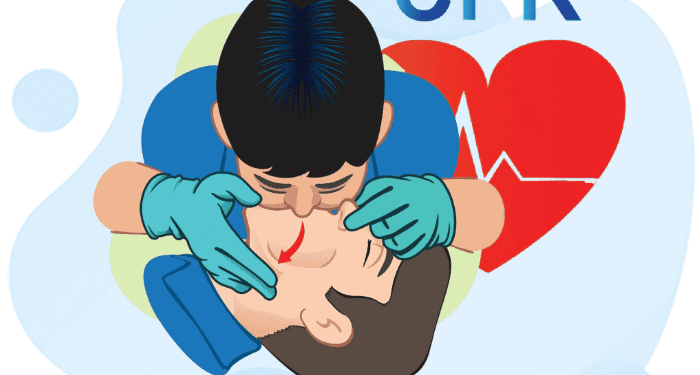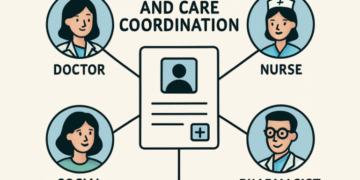Renewing your cardiopulmonary resuscitation (CPR) certification helps you maintain the knowledge and skills needed for emergency situations. It also makes sure you are using the most up-to-date techniques for administering life-saving care. Here are some steps to follow when registering for a course to renew your CPR certification:
Pick the Right Course
Start by choosing a training course that aligns with your profession. If you are a nurse planning to work in emergency department care, then Basic Life Support (BLS) is an appropriate choice. Some courses cover CPR and automated external defibrillator (AED) training. These are suitable if you work as a teacher, personal trainer, or security guard. Choosing a combination course prepares you to handle a range of medical emergencies, including how to use an AED in case of cardiac arrest. You can also learn how to manage choking and perform basic first aid.
Depending on your expertise, you may choose from a variety of advanced courses such as advanced cardiac life support (ACLS) or pediatric advanced life support (PALS). These provide specialized training in administering care to adults, children, or infants. Renewing your CPR certification allows you to refresh your memory and update your skills.
Choose a Training Format
When your CPR certification expires, you have the option to renew it through traditional in-person training or an online course. Your schedule and learning preferences help determine which format is ideal for you. In-person renewal allows you to receive hands-on training and direct interaction with a certified instructor and other participants. This feature makes it ideal if you want a more physical learning environment.
A blended format is another option to explore. It combines online learning with an in-person skills session. You complete part of the course at your preferred pace online, then attend a hands-on session for practice and assessment. Some providers also offer same-day certification, allowing you to complete the course and receive your certification in just one day. Check with your certification provider to see which options are available and choose the one that fits your schedule and group size.
Evaluate Course Quality
When getting certified in CPR, there are a few key factors to look for during your training. These elements shape your learning experience and can impact your ability to perform CPR effectively in a real-life emergency situation. Some factors to look for include:
Quality Training
Your CPR certification course should be taught by qualified and experienced instructors who stay current with the latest guidelines. Make sure the course includes updated techniques aimed at improving outcomes in emergency situations. This includes methods for hands-only CPR, AED use, and age-specific procedures.
Receiving feedback during training is beneficial, as it allows you to improve your performance and correct mistakes. A skilled instructor offers constructive criticism and guidance to help you become a reliable CPR provider. This may reduce the risk of errors and increase the likelihood of delivering effective CPR in real emergencies.
Hands-On Practice
CPR is a skill that should be practiced physically to build proficiency. Reading about the theoretical aspects of CPR helps clarify the concepts, but practicing the physical actions can support muscle memory development. Hands-on training sessions provide the opportunity to practice on mannequins and refine your technique.
During hands-on training, you’ll learn to place your hands on the victim’s chest and perform chest compressions. You will also learn about significant factors such as hand placement and the appropriate compression depth. Training can cover how to give rescue breaths and how to open a victim’s airway correctly.
These training programs also include scenario-based learning. Simulated emergency environments help participants apply theoretical knowledge to real-life situations. This approach allows individuals to practice quick responses and improve decision-making under pressure.
Renew Your CPR Certification Today
Renewing your CPR certification is a commitment to safety and preparedness. Whether renewing for work or personal reasons, choosing a trusted provider is key. Look for certified instructors, flexible scheduling, and prompt access to updated credentials. Contact a training center to schedule your renewal and stay ready to respond in emergencies.










